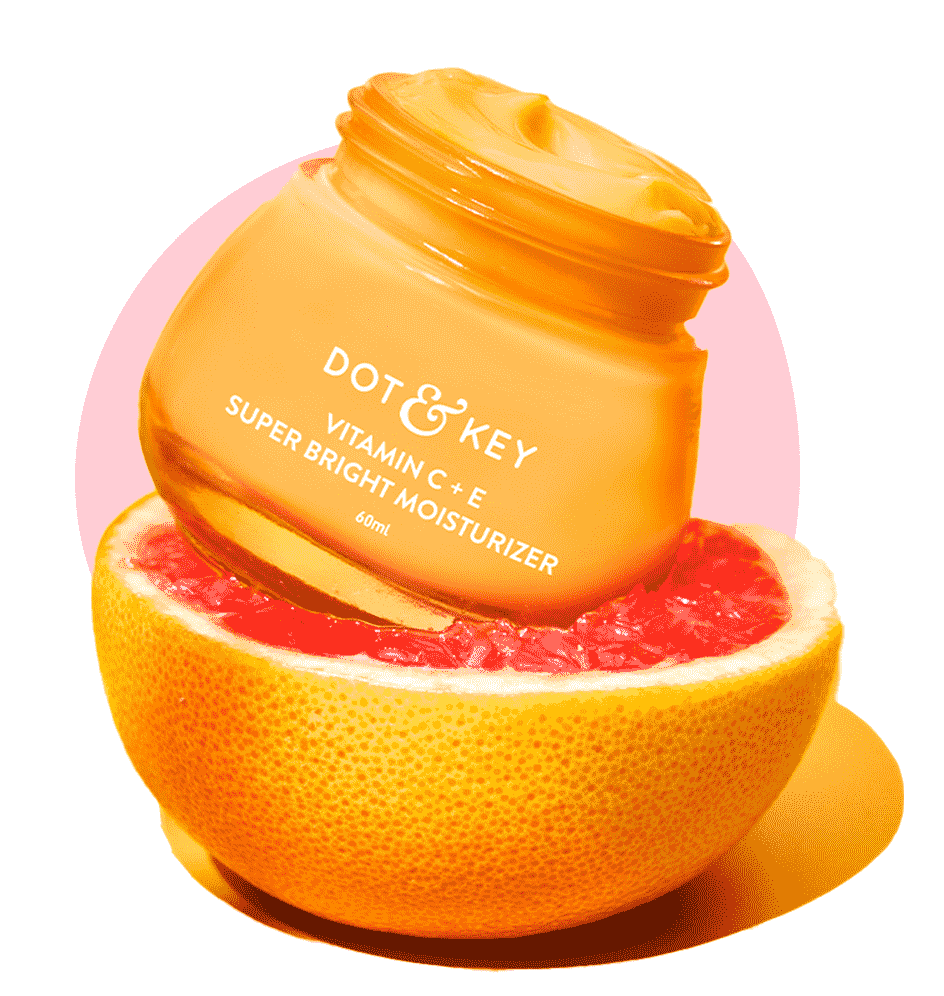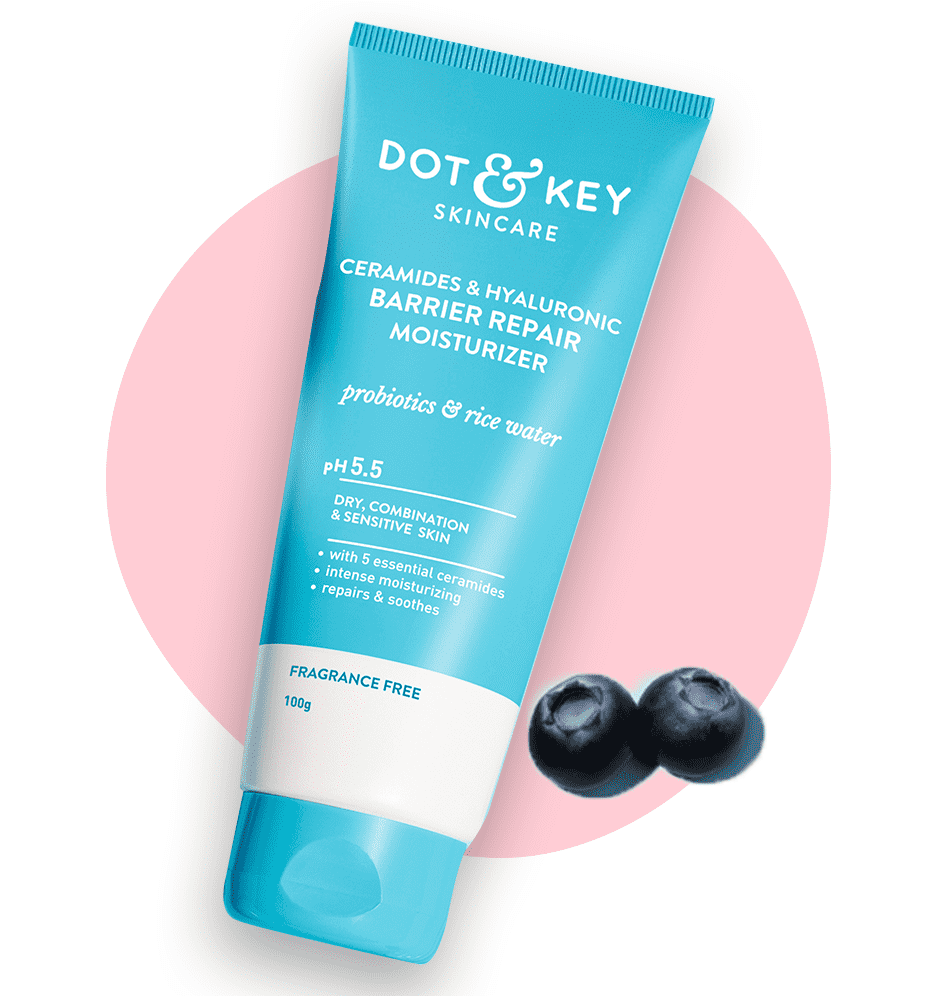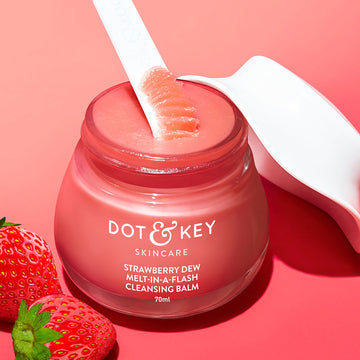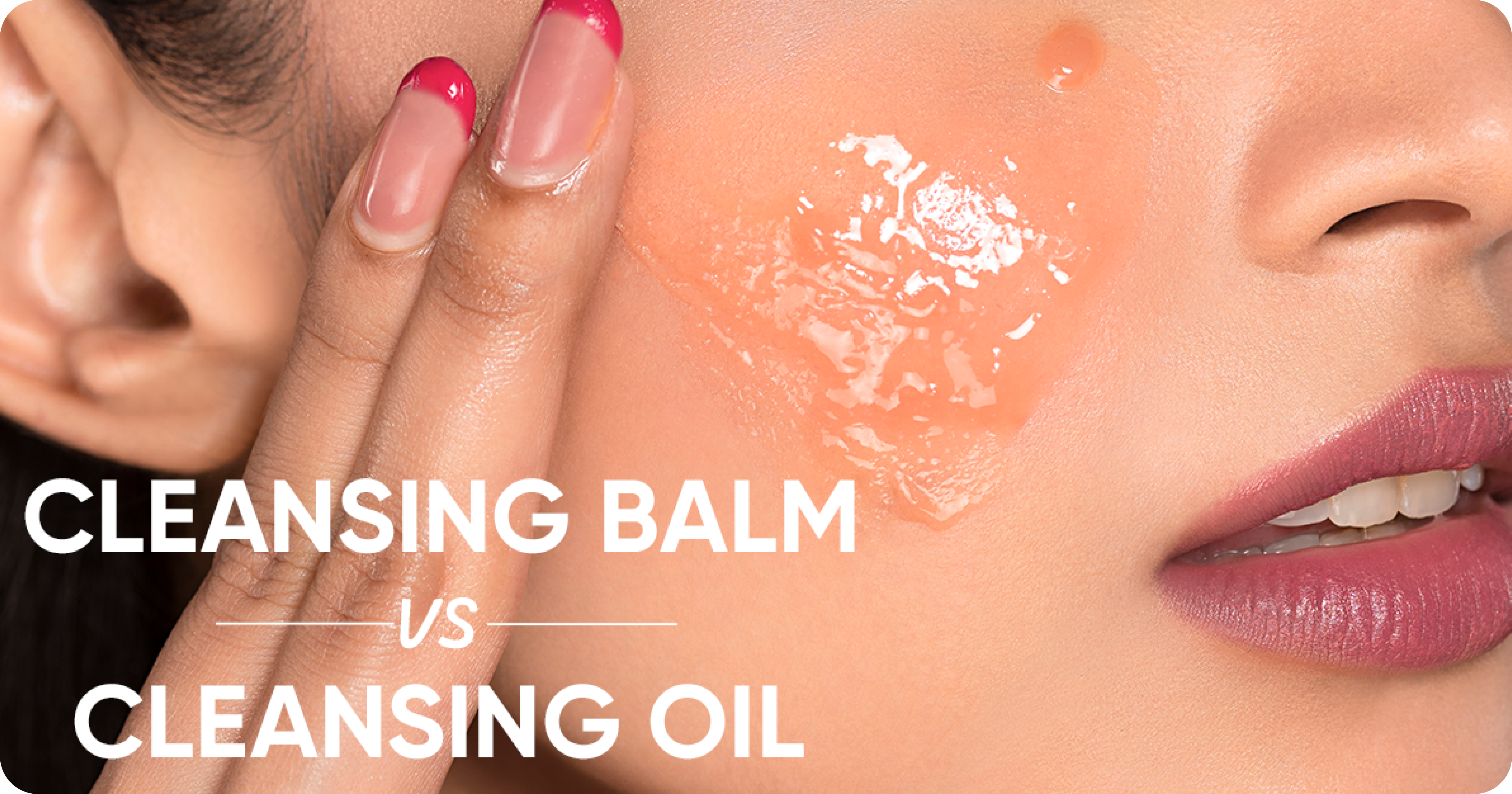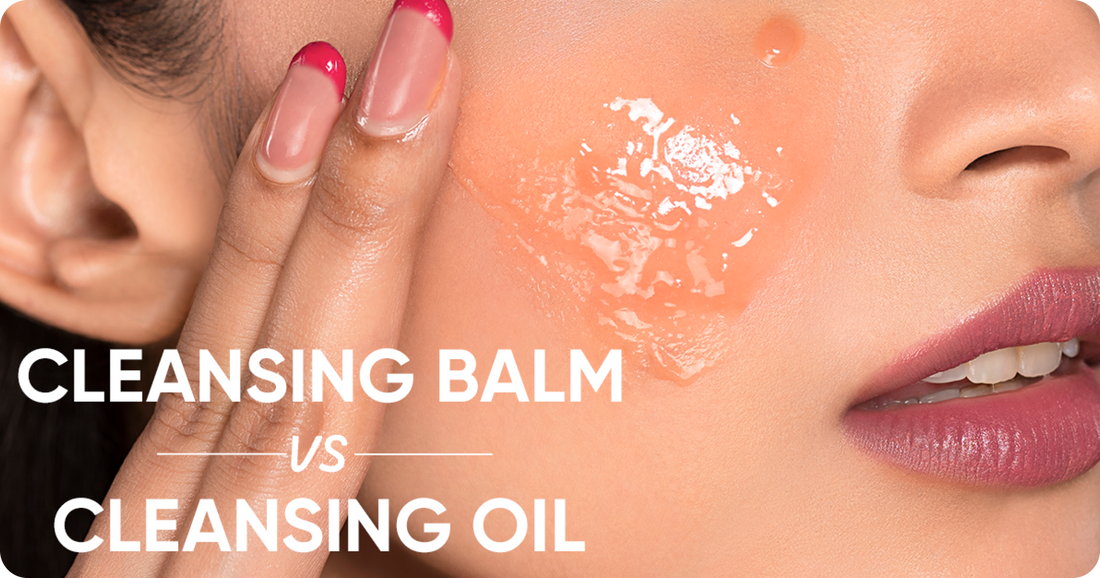
Cleansing balms and cleansing oils are excellent options for removing makeup, sunscreen, and impurities while keeping your skin hydrated. Both are designed to deeply cleanse without stripping away essential moisture. While they serve a similar purpose, their textures, application methods, and suitability for different skin types set them apart. Whether you’re a fan of lightweight oils or creamy balms, the right choice depends on your skin’s unique needs and your personal preferences.
Here’s a detailed comparison to help you decide which product is right for your skin.
What is a Cleansing Balm?
A cleansing balm is a solid-to-oil cleanser with a rich, balm-like texture. It transforms into a silky oil upon contact with your skin, breaking down makeup and impurities without stripping moisture.
Key Features of Cleansing Balms:
- Purpose: Removes makeup, sunscreen, and dirt while hydrating the skin.
- Texture: Solid or semi-solid, melts into an oil when warmed between fingers.
- Common Ingredients: Plant oils, butters (like shea or cocoa), and emulsifiers.
- Best For: Dry or sensitive skin; those who prefer a mess-free, travel-friendly option.
What is a Cleansing Oil?
A cleansing oil is a liquid-based product designed to dissolve makeup, sunscreen, and sebum. It emulsifies into a milky consistency when mixed with water, leaving the skin clean and hydrated.
Key Features of Cleansing Oils:
- Purpose: Gently cleanses while removing impurities and excess oil.
- Texture: Lightweight, liquid oil that spreads easily.
- Common Ingredients: Plant-based oils (e.g., jojoba, olive, sunflower) and emulsifiers.
- Best For: Oily or combination skin; those who want a quick, fuss-free application.
How They Compare
| Feature | Cleansing Balm | Cleansing Oil |
|---|---|---|
| Texture | Solid, melts into oil on the skin. | Liquid, lightweight, and fluid. |
| Application | Warm between fingers, then apply. | Pump directly onto hands, then apply. |
| Hydration | Richer, provides extra hydration. | Lightweight, less rich but still moisturizing. |
| Skin Type Suitability | Ideal for dry, sensitive, or mature skin. | Best for oily, combination, or normal skin. |
| Travel Friendliness | Solid texture makes it mess-free and portable. | Liquid texture may leak in transit. |
| Makeup Removal | Effective for heavy, waterproof makeup. | Effective for light to moderate makeup. |
| Rinse-Off | Emulsifies into a milk-like texture when rinsed with water. | Emulsifies into a milk-like texture when rinsed with water. |
When to Use a Cleansing Balm
Cleansing balms are ideal for:
- Dry or Sensitive Skin: The richer texture helps retain moisture and soothes irritation.
- Heavy Makeup Users: Balms effectively remove stubborn waterproof makeup and sunscreen.
- Travel or On-the-Go: Solid texture makes them spill-proof and convenient for travel.
How to Use:
- Scoop a small amount and warm it between your fingers.
- Massage onto dry skin to dissolve makeup and impurities.
- Add water to emulsify into a milky texture, then rinse thoroughly.
When to Use a Cleansing Oil
Cleansing oils are perfect for:
- Oily or Acne-Prone Skin: Lightweight oils remove excess sebum without clogging pores.
- Daily Light Makeup Removal: Quickly removes light makeup and sunscreen.
- Simple Application Preference: Easy to pump and apply directly to the skin.
How to Use:
- Pump a small amount into your palms.
- Massage onto dry skin to break down makeup and impurities.
- Add water to emulsify into a milky consistency, then rinse thoroughly.
Can You Use Both Cleansing Balm and Cleansing Oil?
Yes, you can alternate between the two depending on your skin’s needs:
- Use a cleansing balm when your skin feels dry or when removing heavy makeup.
- Use a cleansing oil on days when you need a lightweight, quick cleanse.
Both can also be part of a double-cleansing routine followed by a water-based cleanser for a thorough cleanse
Who Should Use Which?
| Skin Concern | Recommended Product |
|---|---|
| Dryness | Cleansing Balm (hydrating and nourishing). |
| Oily Skin | Cleansing Oil (lightweight, non-greasy). |
| Sensitive Skin | Cleansing Balm (gentle and soothing). |
| Heavy Makeup Removal | Cleansing Balm (effectively breaks down makeup). |
| Travel-Friendly Option | Cleansing Balm (solid and mess-free). |
Common Mistakes to Avoid
-
Skipping Emulsification:
Always add water to emulsify the balm or oil into a milky texture before rinsing. This ensures all residues are removed. -
Using Too Much Product:
A little goes a long way. Overusing can leave a greasy residue and waste product. -
Skipping Double Cleansing:
If you wear heavy makeup or sunscreen, follow with a water-based cleanser to ensure all impurities are removed.
Conclusion
Both cleansing balms and cleansing oils are excellent options for removing makeup and impurities without drying out your skin. Choose a cleansing balm for its richer texture and travel-friendly convenience, or opt for a cleansing oil for a lightweight, fuss-free experience.
FAQs About Cleansing Balm and Cleansing Oil
1. Can I Use Cleansing Balm or Oil If I Have Acne?
Yes, both are suitable for acne-prone skin when formulated with non-comedogenic ingredients. Cleansing oils may feel lighter on oily or acne-prone skin.
2. Do I Need a Second Cleanser After Using Balm or Oil?
For a thorough cleanse, especially if you wear makeup or sunscreen, follow with a water-based cleanser as part of a double-cleansing routine.
3. Can Cleansing Balms or Oils Clog Pores?
When properly emulsified and rinsed, both are unlikely to clog pores. Always choose non-comedogenic formulas.








